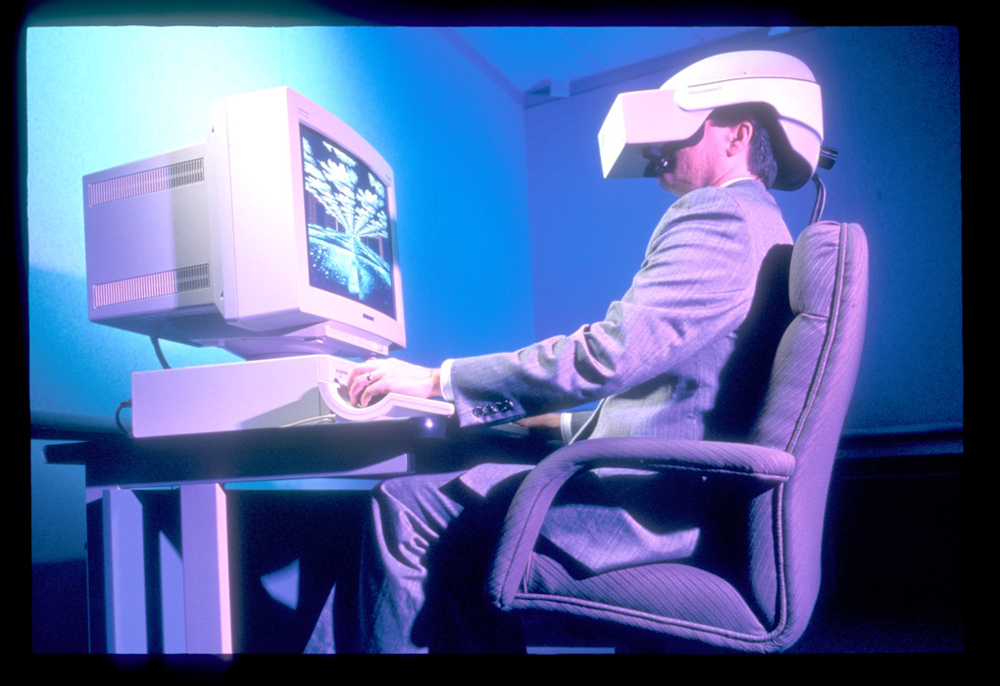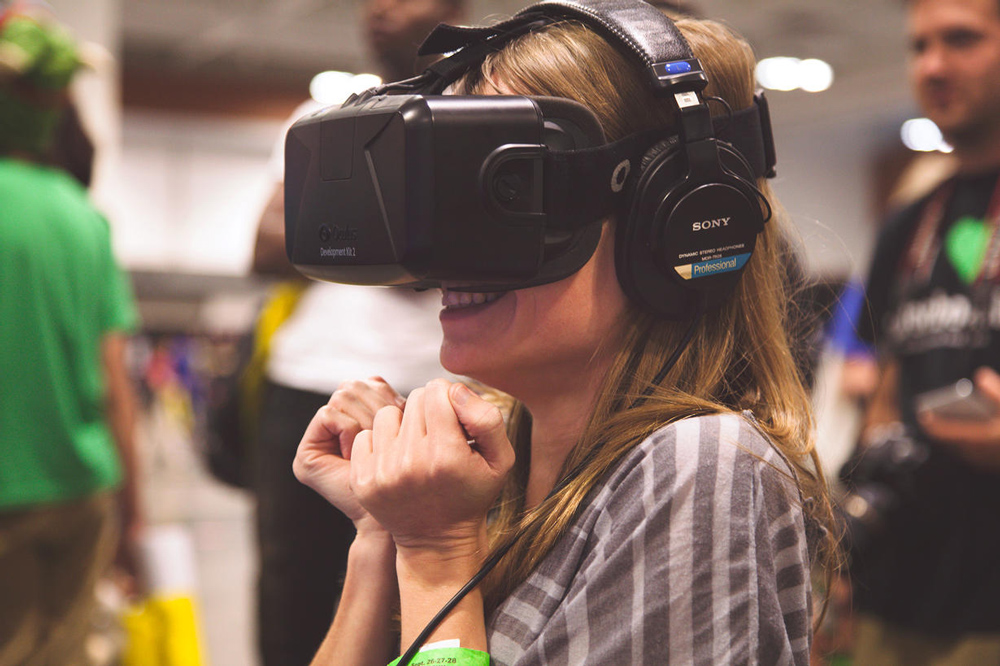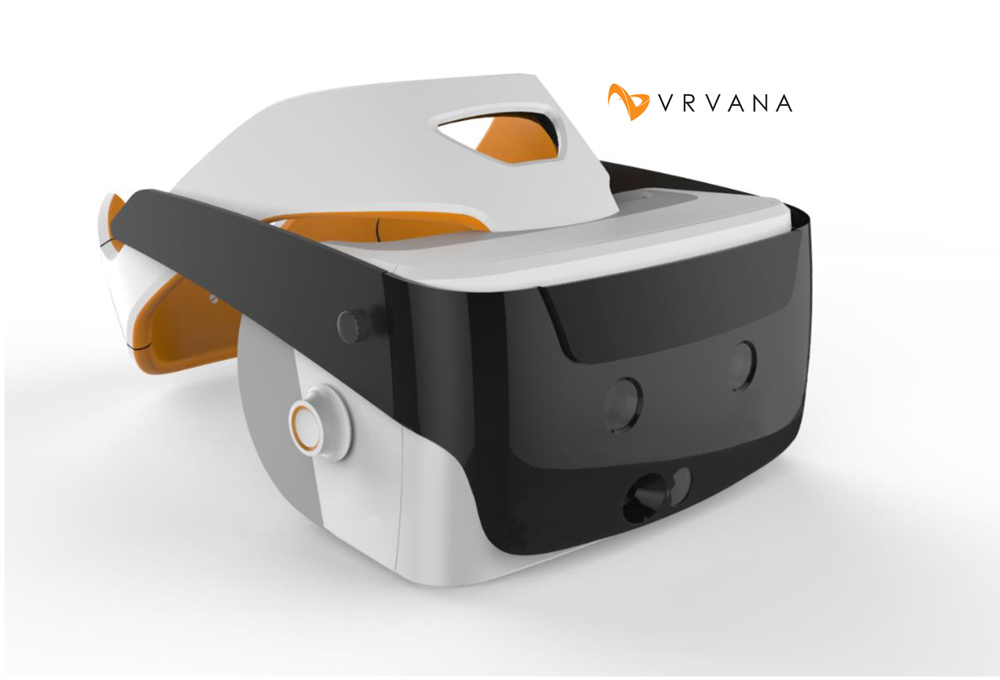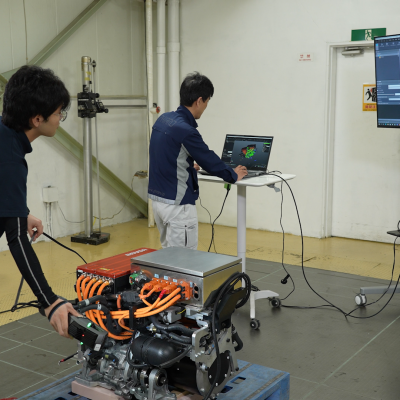March 20, 2024
3D scanning for gas-powered cars conversions of electrical vehicle design See the articleWell probably not literally. But close!
Virtual reality (VR) is no longer the sci-fi dream promised to many for decades, but never quite delivered. In fact, 2016 could even be the year of VR. CNN Money, among others, named it one of its only two biggest tech trends this year[1].
VR a slow start, but a really fast pickup!
Virtual Reality is nothing new, of course, but let’s just say it has seen its shares of… false starts. In the early 1990s, the technology was already touted as “the next technology revolution,” as this (now quite funny in hindsight) 1991 American prime time TV report attests. But it just never happened. Why? Prohibitive costs (the 1990 EyePhone VR headset device could cost up to $500K), clunky technology, idea way ahead of its time? Probably a mix of all that.
What changed everything in Virtual reality, obviously, was Oculus. The company, founded in 2012, launched a Kickstarter campaign shortly after to fund its Oculus Rift VR headset. It garnered about $2.5 million in financing, as well as a lot of attention. Enough for Facebook to acquire the company in 2014, for $2 billion. After much speculation, Oculus VR development kits and prototypes, the “consumer version” of the virtual reality headset Oculus Rift is finally launching this spring.
Explains Linda Jacobson, founding editor at Wired Magazine and virtual reality expert: “What’s new is this particular set of products at a new price point, as well as the availability of new people and new talent who are looking at it[2].” In short, the current VR revival could be attributed to both its more “democratic” (relatively speaking) price, as well as to the presence of a whole new generation looking at it with fresh eyes. What the new buzz hints, is that maybe this time, VR could become a genuine mainstream thing.
A multiplayer game…
Oculus is far from the only player in this VR arena; other major companies are currently bringing their own devices forward. HTC just released its more upscale HTC Vive, while Sony plans to launch its Play Station VR later this year. A Canadian company is also vying for market share: startup VRvana, from Montreal, is expected to ship its Totem sometime this summer. Competition is heating up and users are likely to benefit from that in the mid-term.
…And a perfectly suited 3D scanning application
Sure, first and foremost, Virtual Reality seems to be destined to go hand in hand with the gaming industry. Gaming of all kinds will be its most expected application. But it doesn’t stop there! Far from it. According to Tech Republic[3], it’s easy “to see VR establishing itself more firmly in industries like healthcare, education, tourism, real estate, and marketing, where the uses are more practical than fantastical. Marketing in particular could end up having a big impact on the way many people might first encounter virtual reality through experiences like traveling installations or branded apps. And for agencies, Virtual Reality is already becoming a point of interest”. All of these applications potentially broaden the reach of VR in the next few years, while opening up many opportunities.
What this exciting new trend means, of course, is that the need for quality 3D content has never been this high. To feed this explosion of VR devices and experiences, 3D scanning, along with a “3D vision”, is going to be key. And we at Creaform, along with our Go!SCAN 3D scanner, are perfectly ready for the ride.
We can’t wait to see how this unfolds.
[1] Source CNN
[2] & [3] Source Tech Republic
Image Credits: Tech Republic, Online Economy, VRvana










